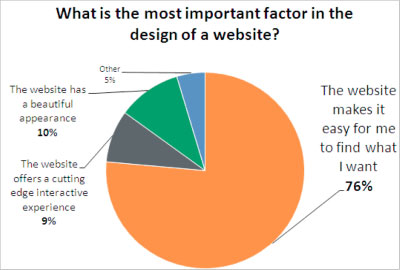Recently, Google announced 40 new search updates. What does this mean for you and your website? Well, it depends. Let’s take a look at some of the things that they say will make a difference to you and your business:
- Fresher images. We’ve adjusted our signals for surfacing fresh images. Now we can more often surface fresh images when they appear on the web.
- Improvements to freshness. We’ve applied new signals which help us surface fresh content in our results even more quickly than before.
- Panda update. This launch refreshes data in the Panda system, making it more accurate and more sensitive to recent changes on the web.
These three changes are directly aimed at trying to give users fresher content. Fresh news often breaks on social media platforms like Twitter and Facebook. Google is usually behind in presenting fresh information because it has to find it and then index it.
So, how does this affect your business? Google rewards fresh content. That means, you need to be continually adding fresh, relevant content to your site. The easiest way to do this is with a blog. On your blog you can be easily and quickly add new content.
Google is also working to improve it’s local search results. They say:
- Improved local results. We launched a new system to find results from a user’s city more reliably. Now we’re better able to detect when both queries and documents are local to the user.
If you are a local business, make sure you have all your local listings up to date.
One of the more interesting updates has to do with how Google evaluates links:
- Link evaluation. We often use characteristics of links to help us figure out the topic of a linked page. We have changed the way in which we evaluate links; in particular, we are turning off a method of link analysis that we used for several years. We often rearchitect or turn off parts of our scoring in order to keep our system maintainable, clean and understandable.
Google has declined clarifying the link evaluation process, including specifying the method that they have “used for several years” that they have now turned off. Very interesting . . .
Bottom line: SEO is an ongoing process. It is never a once and done proposition. Learn more about how you can improve your SEO from our SEO 101 eBook.
{ 0 comments }



